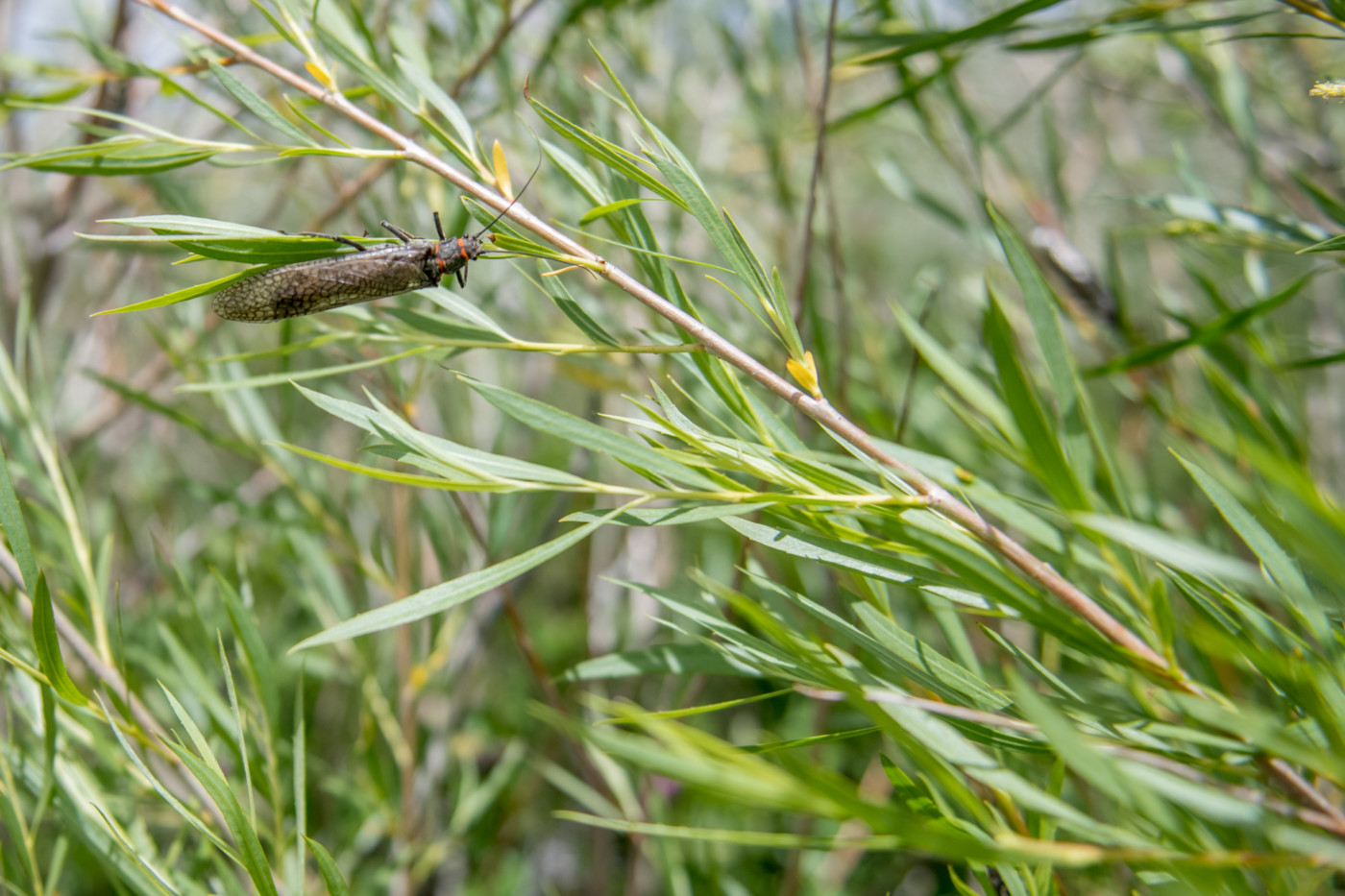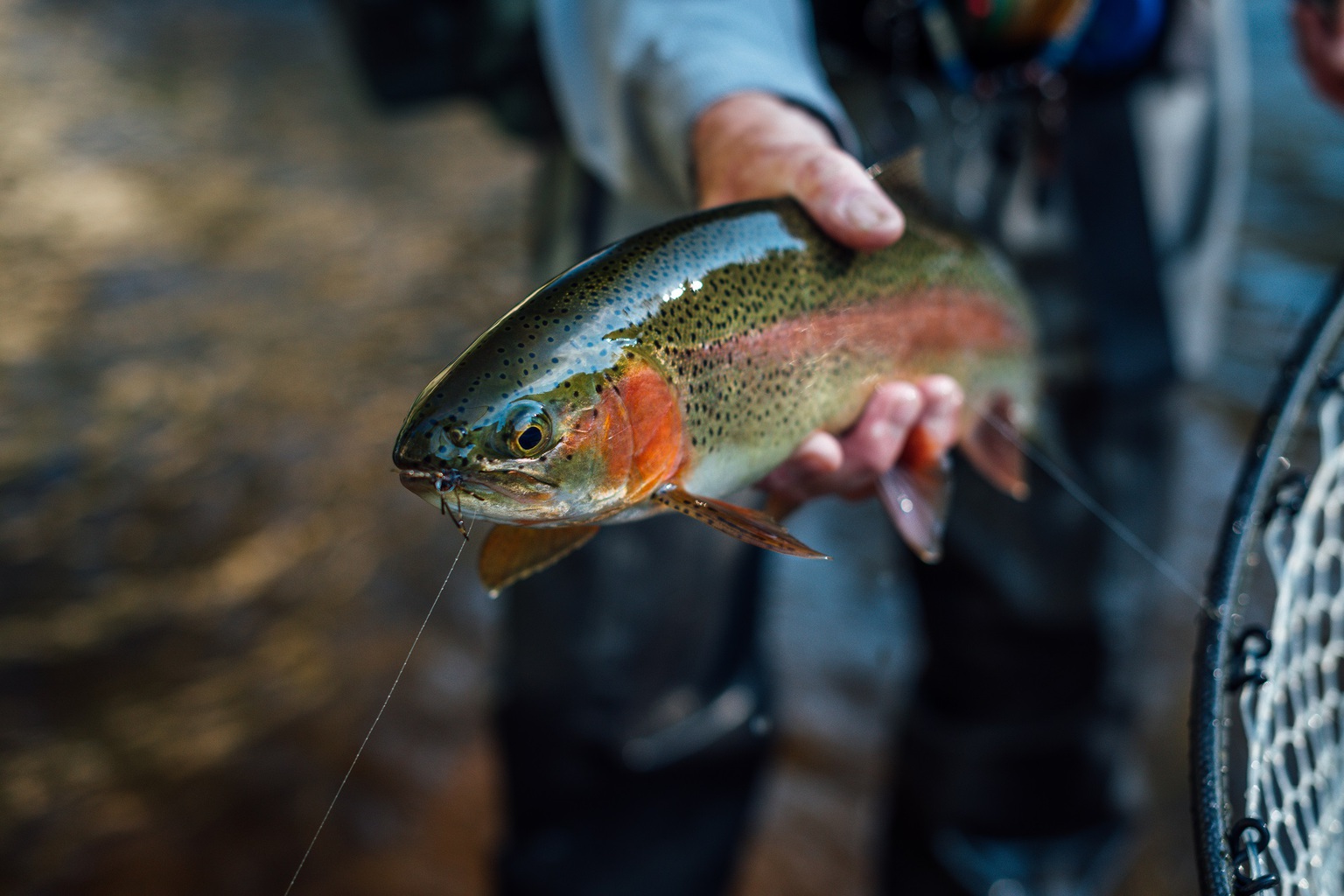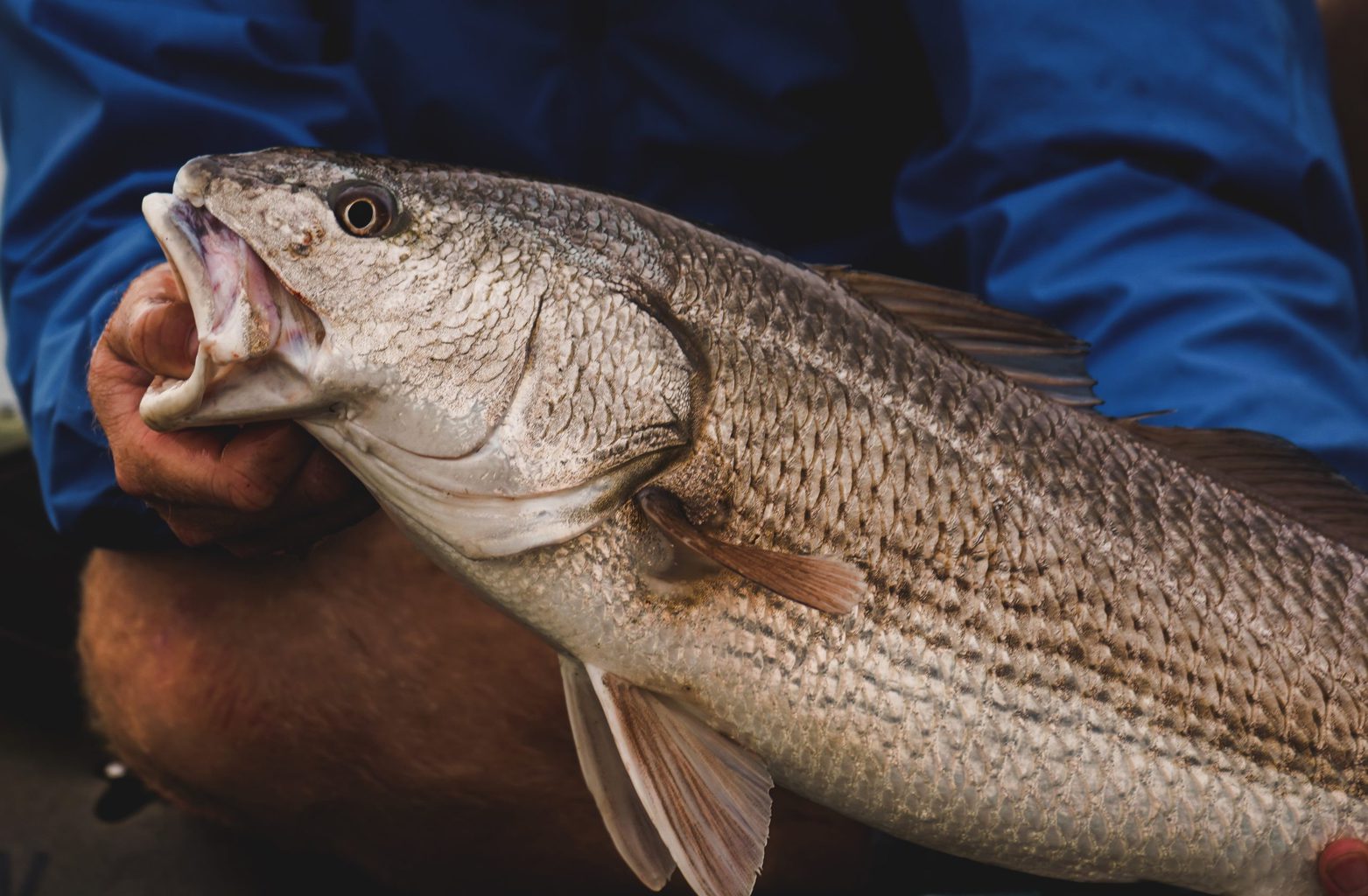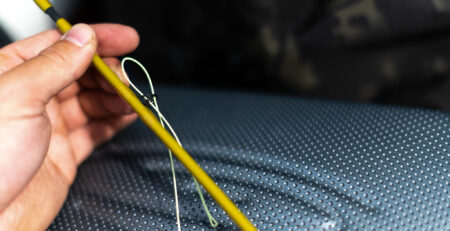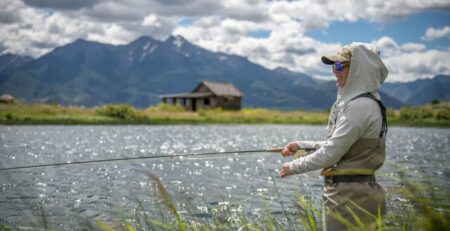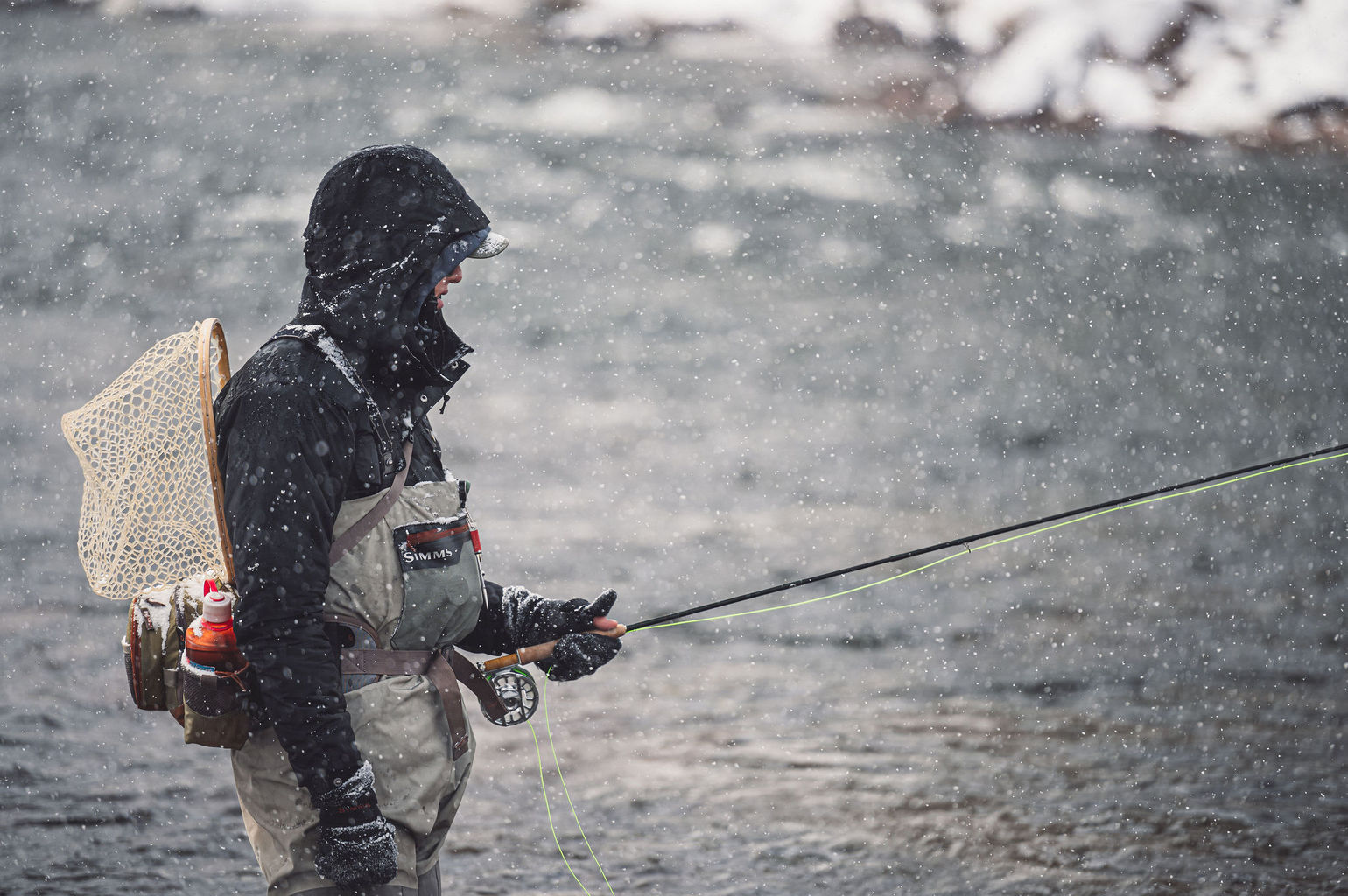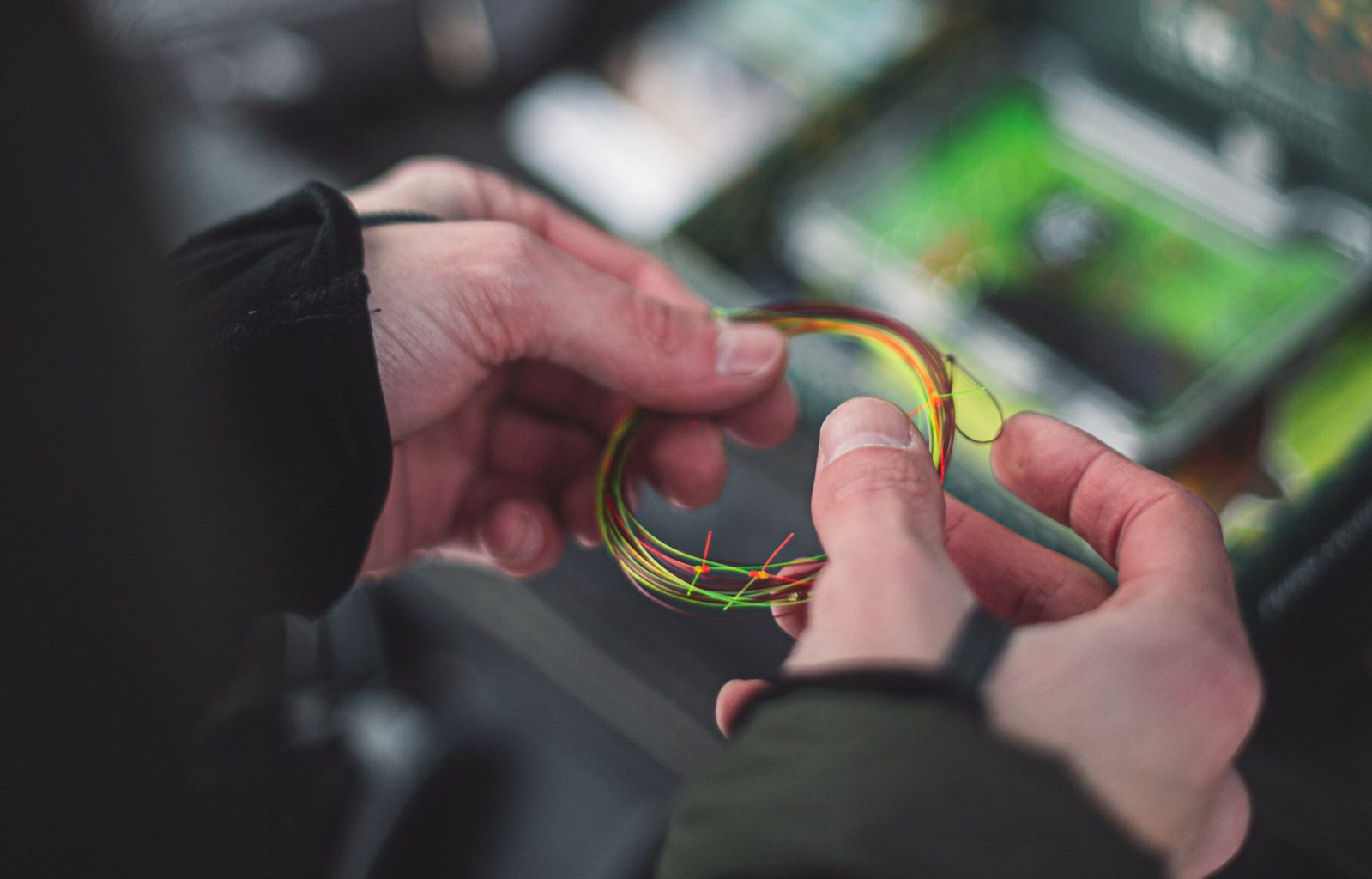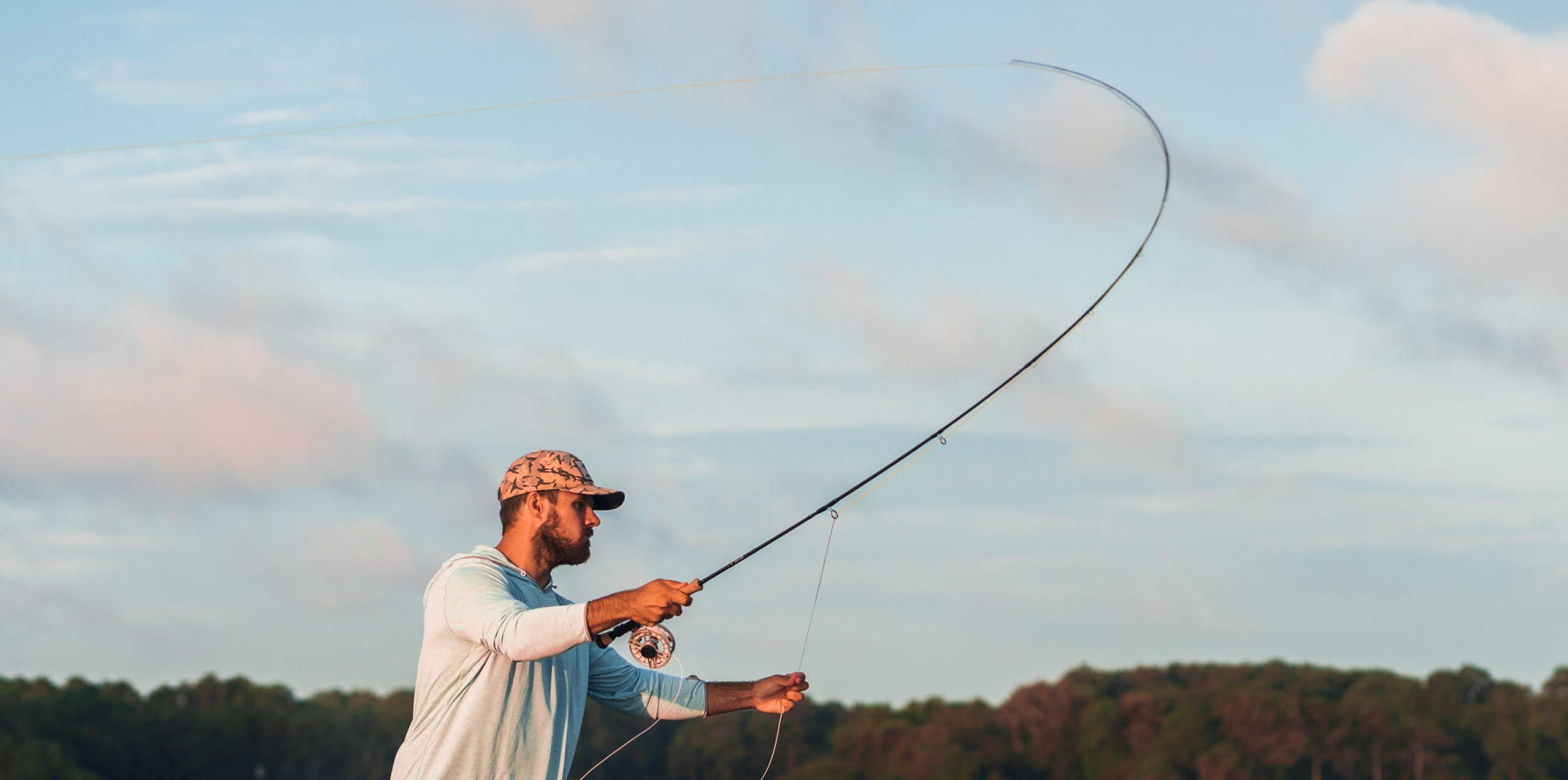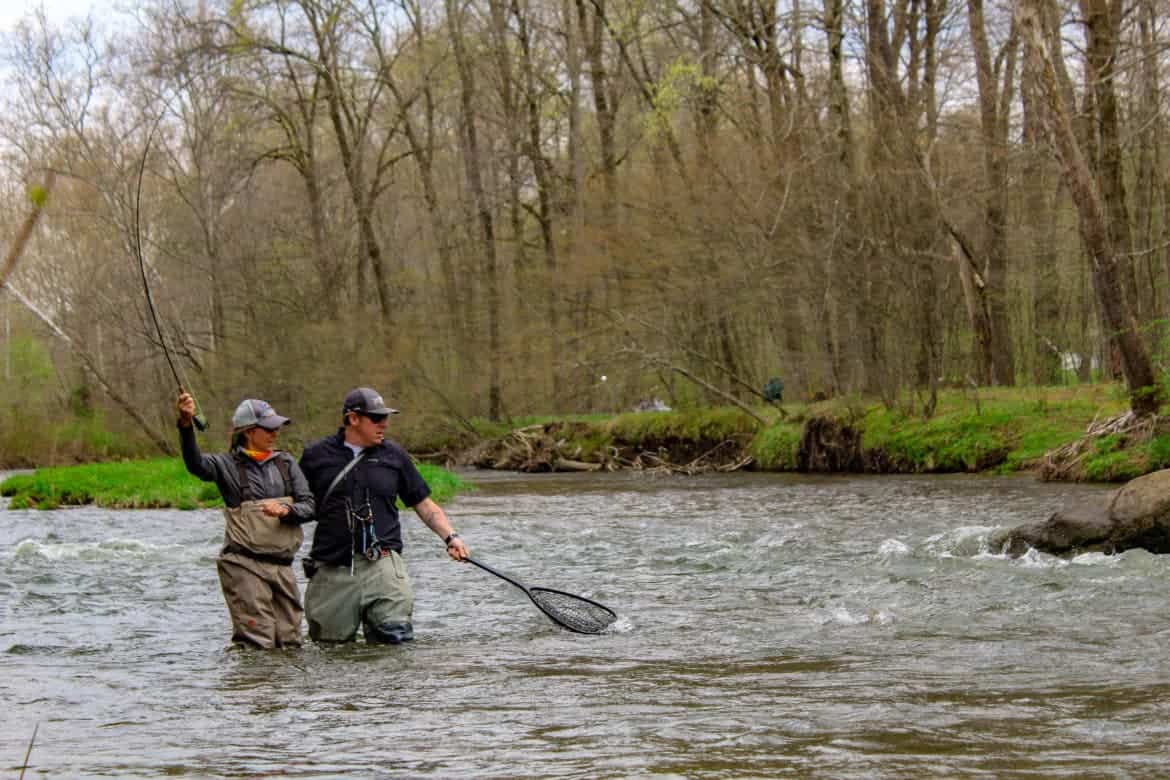How To Identify Bugs on a Trout Stream
The truck door slams and the sound of the rushing water gets louder as we hike down the trail towards a favorite stream.
Bugs swarm into the air when we push through the bushes that line the bank. Trout can be seen happily rising to the steady hatch and angler excitement builds to a fever pitch. Only one question stands in the way of us and catching trout hand over fist: how do we properly identify what bugs are hatching?
Making a hasty decision on fly selection, and misidentification of natural insects can be a major hindrance for anglers. It’s worth the extra time it takes to nail down the type, size, and color of bug before tying on a fly. There are a few telltale signs to look for to get things right the first time!
Grab A Bug
Ever see a fly angler jumping up and down trying to swat at bugs in the air? If so, odds are they were trying to identify what the naturals are. Having a bug in hand allows us to look at the size and color, but also a few defining characteristics. Wings are the first thing to check out to determine the type of insect we’re dealing with.
A stonefly and caddis will have a set of wings that stay close to the bug’s body, almost like a cape extending along the length of the insect.
An adult mayfly has upright wings that are quite delicate and often translucent. Once you’re armed with this information, it’s immediately possible to narrow down your fly selection!
Watch The Rise
A feeding trout can provide more clues as to the bugs hatching. Gentle, lazy, sipping rises usually indicate a mayfly hatch since they rest calmly on the water drying their wings.
Splashy, aggressive rises are indicative of caddis hatches where the insects move erratically across the surface. Those aggressive splashes, where the trout sometimes torpedoes out of the water, can also mean they are feeding on emergers just under the water surface.
Determining the exact bug is all about clues, and while trout feeding movements might not always tell the whole story, they are another important piece to the puzzle.
Get Your Hands Wet
When bugs are hatching, identifying them is a little easier because we can observe their (and the trout’s) actions. If nothing is actively hatching, that task becomes a bit tougher.
The first thing to do is look at exposed rocks, logs, or bridge abutments for evidence of life. This is a great way to spot the shuck of a stonefly and note their strong presence in a given waterway. Otherwise, getting your hands wet and turning over rocks reveals a treasure trove of information.
Since trout feed on nymphs a majority of the time, checking out insects in this stage is critical for success. Mayfly nymphs will have a forked tail and can come in a variety of sizes and colors based on the subspecies, while caddis often build a cocoon of organic matter around them, creating an obvious clue for anglers.

Knowing what bugs fish are keying on and what flies to use to match them is vital for fly fishing success. Great hatches can be squandered by anglers who hastily tie on an incorrect pattern and put the trout down due to their inattention to detail. By taking the time to properly identify bugs, flies can be tied on with confidence knowing that our offerings closely match what the trout are eating!
Fly Fishing Made Easy 👍
Our Quarterly Fly Club ships 1,000’s of flies to anglers all across the United States. Receive curated fly assortments selected for the season with in-depth articles on how to fish them. Great for beginners to learn and for intermediates to discover new flies.

